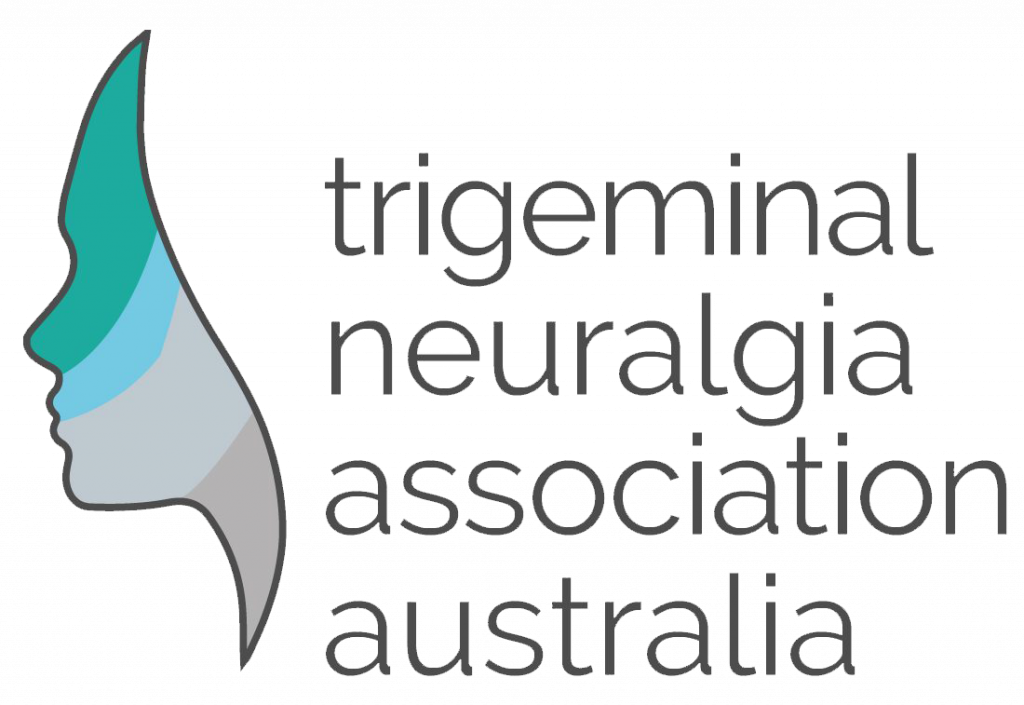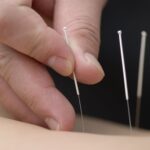Many of our people living with trigeminal neuralgia who are unsuccessful in achieving pain relief from a surgical procedure, have turned to Chinese Medicine practises to manage their pain. However it is important to understand how Chinese medicine regulation occurs.
Chinese medicine covers the following treatments
- Acupuncture
- Cupping
- Herbal medicine
In Australia we are fortunate to have a well regulated market and are overseen by the Australian Health Practitioner Regulation Agency (AHPRA)
The following is the 2018 covering letter describing a report reviewing Chinese medicine and the full report can be downloaded below
Foreword
National Boards work in partnership with the Australian Health Practitioner Regulation Agency (AHPRA) to implement the National Regulation and Accreditation Scheme (NRAS) for regulating health practitioners in
Australia.
The Research Unit (RU) of AHPRA, on behalf of the Chinese Medicine Board of Australia (CMBA), conducted a research project to develop an evidence base from which to establish a risk profile for the profession of Chinese medicine.
The project involved a combination of:
• a literature review (analysing international evidence in particular); and,
• a critical analysis of AHPRA’s notifications and complaints data (for current national regulatory evidence).
The report that follows outlines the findings from this project, including that the practice of Chinese medicine is generally safe in contemporary regulatory environments, such as Australia. However, there are a number of limitations in the applicability of these findings, including:
• while the size of the profession has been doubled over the last two decades, both the numbers of Chinese medicine practitioners in Australia (<1% of the regulated health workforce under NRAS) and the incidence rate of notifications are low;, and
• the comparatively limited literature associated with quality of care and patient safety concerning Chinese Medicine practice.
It is also important to note that the report includes evidence of both Australian and international risks and issues, some of which have minimal relevance in the Australian practice setting. This is due to practice
controls (e.g. the regulation of health professions, the restriction of drugs and poisons, etc.), different training and education, a different dominant model of health care in Australia, and quite specific public understanding and expectations around healthcare.
Despite the above limitations, the CMBA sees this report as valuable initial work to educate the profession and to highlight potential areas for the development of future regulatory responses including Continuing
Professional Development (CPD) and clinical guidance.
This preliminary analysis of notifications also sets the scene for further research including a more in-depth review at the available data, perhaps per examination of:
• comparative data from other health professions, and
• links with sub-factors such as education level, experience of practitioners, location, age, gender and English proficiency.
The CMBA is committed to improving its effectiveness as a risk-based regulator and welcomes feedback.
Please provide your comments by contacting Ms Debra Gillick, Executive Officer CMBA,
debra.gillick@ahpra.gov.au
I also would like to take this opportunity to thank Paul Shinkfield and the Research Unit for the excellent work they did for this project.
Professor Charlie Xue
Chair
Chinese Medicine Board of Australia






